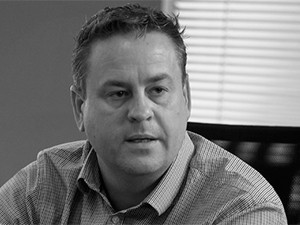
The ability of companies to design their enterprise architecture is something that is of critical concern. Get it right and you'll have systems that will serve the future needs of the company for years to come. Get it wrong and you'll have to spend more to renew the infrastructure sooner than you would like, while fending off repeated instances of shadow IT as business units go off and do their own thing because the IT department is not meeting their needs.
While enterprise architecture is comprised of many systems, at the heart of the enterprise is the datacentre. The world of datacentres is one that traces its roots back to the beginning of computing, where everything happened in the datacentre. But just as computing has evolved, so has the datacentre. The modern datacentre, however, is undergoing massive change as demand is placed on the IT function by internal and external customers.
The recent Brainstorm roundtable on the future of the datacentre highlighted this as the discussion roamed from whether companies actually need their own datacentre, to what the actual future datacentre might look like, to what business users expect from IT.
The participants were unanimous in agreeing that the future datacentre is going to look quite different from those of years gone by, driven partly by the move towards engineered systems.
Stephen Green, CTO for MEA at Dimension Data, says the cost of building just the building for a new tier 3 or 4 datacentre can be as high as R100 million, before any of the equipment needed is factored in, but that technology advances are making that type of investment moot.
"An engineered system is one where all the ancillary services are integrated into the server environment," he says. "So instead of having to cool a massive data vault in the traditional sense of the datacentre, all you have to do is cool the system. The UPS is built into that environment, the electrical buzz bars are built into the environment and that makes it possible to effectively create a solution that can put the datacentre in a fenced-off area inside a warehouse or put a pod into a shipping container and drop it in the parking lot."
This kind of solution is gaining traction, especially in Africa where markets are growing.
Stephen Green ,Dimension Data
He adds that this kind of solution is gaining traction, especially in Africa, where markets are growing, but there isn't the need to construct large buildings to house the technology infrastructure.
One of the key technology changes of recent years has been the replacement of traditional hard drives in the datacentres with flash storage. The key advantage of flash storage is that it dramatically increases the speed that systems operate at, says Rudi van Rensburg, Dell EMC, senior Enterprise manager, All Flash, Primary Storage Division.
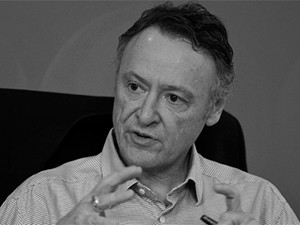
"We've seen banks and telcos running 17-hour batch jobs in under an hour on systems that use flash as opposed to traditional disk and this kind of efficiency is pushing the market this way. When it comes to new systems, we are already seeing that 48% of the ones we sell in SA are using flash, but that adoption has to go hand in hand with companies leveraging other services, such as virtualisation, which make the performance jump possible.
The app economy
"All of this, however, is driven by the requirements of the applications that companies are rolling out. These applications are designed to drive the business forward and it's all about the application. It's about the customers' business and how they make money. So dropping the total cost of ownership for datacentre infrastructure through lower cooling and power costs, just to name two, makes the business more competitive. In the service provider space, moving from disk to flash changes the business model and makes them more competitive on a global scale."
Green adds that the engineered system uptake has a lot to do with what happened at Google and Facebook, where those companies started building their own systems for use in the datacentre.
All of this, however, is driven by the requirements of the applications that companies are rolling out.
Rudi van Rensburg, Dell EMC
"These two companies are having a tremendous impact on the future direction of the datacentre. There is the famous story of the Google server, which in the old days was a motherboard with a car battery, and they built up thousands of them rather than buying full servers. Facebook having its Open Compute project is redefining what will happen in the datacentre. These are impacting on the companies that make equipment and are fundamentally reshaping what a datacentre will look like.
"We cannot, of course, understate the impact that outsourced services, and cloud computing in particular, will have on this whole industry, and the provision of datacentre infrastructure in particular," says Green.

The issue of cloud computing is one that looms large over the enterprise. Not only does it have the potential to reshape how applications are developed and deployed, but it removes the need for organisations to roll out core infrastructure to support those applications.
Berry Diepeveen, EY Technology Advisory leader for Africa, points out that despite all the hype around cloud, it remains just another delivery channel for services. "At the end of any cloud, there needs to be a datacentre; it's not some virtual thing. Success is dependent on bringing both the evolution of the conventional datacentre and the cloud datacentre together, as the future of enterprise architecture is almost guaranteed to be some hybrid combining the two models. If there is anyone who can predict what a datacentre is going to look like in 15 years, then that would be amazing, but it's unlikely that anyone can foresee that."
Fundamental change
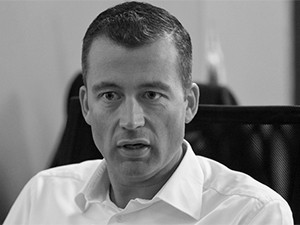
AJ Hartenberg, Portfolio manager: Datacentre Services for T-Systems, South Africa, adds that the physical datacentre as we know it is changing fundamentally.
"It's less about the physical datacentre and more about creating virtual datacentres that incorporate the concept of the hybrid cloud. Customers are more concerned with the issues surrounding their data rather than the infrastructure that contains it. The idea of a logical datacentre that may span multiple physical locations and ensuring that organisational data is secure, that there are no latency issues and issues around redundancy and disaster recovery are taken care of will take centre stage in the coming years. Once this happens, I expect that this will trigger a wave of consolidation in this space, with the large service providers and OEMs taking the lead."
The question about whether companies would embrace this view is, according to Justin Elms, senior product manager for Infrastructure Services at Vox Telecom, not really in dispute, but the adoption of other technologies points towards which way companies will end up going
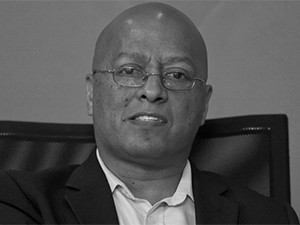
"The last big discussion was around virtualisation and that was not very long ago. At that point, customers were saying that they knew they had to embrace virtualisation, but were concerned about protecting existing investments. However, in a short space of time, the discussion was no longer about whether to embrace virtualisation, but rather around security, storage, data sovereignty and how service providers protect data as services are consumed across both the private and the public cloud."
Shiraaz Singh, Solution specialist ? Networking for Aptronics, adds that the removal of physical boundaries means that the datacentre is ceasing to be a physical place and becoming a service that companies can consume as and when they need it.
"This removes the differentiation between hosting and cloud computing and the hybrid cloud concept comes to the fore. Companies adopting a full public cloud offering is still a way off, but there are cloud services that CIOs should be investigating."
Manfred Gramlich, specialist in Engineered Systems at Oracle,points out that some local organisations are already leveraging cloud services to get around tricky problems.
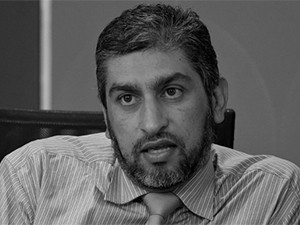
"We were talking to the enterprise architect at one of the local banks and as a strategy for delivering services in remote areas without deploying infrastructure, there is only really one option and that is cloud services. People are looking for agility and business does not want to wait for services to be provisioned. That means they are looking externally for the resources they need. Even at Oracle, we have 16 datacentres around the world, but we don't have one in SA, so we have to partner with local datacentre providers. That is what other organisations will have to do."
Small difference
Dimension Data's Green adds that, in the long run, there is no difference between a server hosted in a company's datacentre and a virtual server in the cloud.
"This is something that companies are still failing to understand, but it is something that is going to drive a fundamental level of change in corporate IT departments. The question companies should be asking is, 'What does the IT shop need to look like in the next two years?', because having people to look after systems like storage, networks and security is going to be a thing of the past. People's skill sets are going to have to evolve to match a specific business need rather than a technology-specific one."
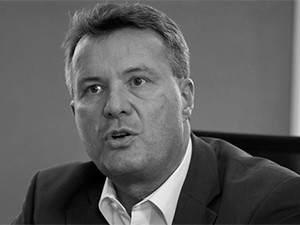
Apart from skills, the issues around the purpose of the datacentre are changing as well. All the panellists pointed out that many of the decisions that dictate the functions that the datacentre has to perform are related to the applications that are being deployed and the nature of these applications is changing.
"If you look at a large ERP system, they are migrating to microservices that can be consumed on the mobile devices, meaning large monolithic applications are a thing of the past. So it's about how you enable microservices in the datacentre and thinner technology spread over a broader area," says Green.
Dell EMC's Van Rensburg adds that the industry is moving to a point where organisations are starting the analyse where the best place is for the actual processing to take place.
"We are looking at what processing takes place on the client device, on the network device and in the datacentre itself. Organisations therefore must take a long hard look at where they build processing horsepower and how the various layers of security are set up. Essentially, we are looking at a future where the datacentre is not hidden in a basement, but is rather out there, in millions of pieces, on every user's device, and the core datacentre needs to be configured for that."
All of these factors are driving a future where the datacentre of the past is consigned to the vaults of history and technology such as software defined datacentres, automation and even the advent of quantum computing will dictate what the physical infrastructure looks like.
Share